Building services are the lifeline of a building. They ensure the building is hospitable and safe and functions properly daily for the occupants. The critical nature of the system calls for optimum performance of the components installed. This can be guaranteed by adequate testing and commissioning procedures during the construction phase and proper maintenance during occupation. The process of testing and commissioning plays a pivotal role in Stage 6 of the RIBA Plan of Work and the benefits it offers to building owners and users. This article will delve into the significance, steps, and benefits of this process.
Although the terms testing and commissioning are sometimes used interchangeably, they signify two separate stages in the lifetime of a building project:
Testing
- Testing involves the examination and assessment of individual components and systems to ensure they meet design specifications and performance standards. It is carried out during the construction phase.
- There are two types of tests carried out on installed systems that meet the requirements and are often confused: Acceptance Testing is done during installation while Functional Testing is done once the equipment is in operation.
- This phase identifies any defects, inconsistencies, or malfunctions in the building services.
- Common tests include electrical continuity checks, air and water pressure tests, and insulation resistance tests.
Commissioning
- Commissioning takes place after the construction and testing phases. It focuses on integrating and fine-tuning the building services to work together harmoniously.
- The commissioning process involves a comprehensive review of the entire building’s systems to ensure they operate efficiently and effectively.
- It involves performance testing, system optimization, and documentation.
Testing and commissioning are collaborative processes designed to verify, document, and optimize building services. Installations are quality-checked and confirmed to be functioning as per the owners’ specifications or the basis of design document.
What services are involved during testing and commissioning?
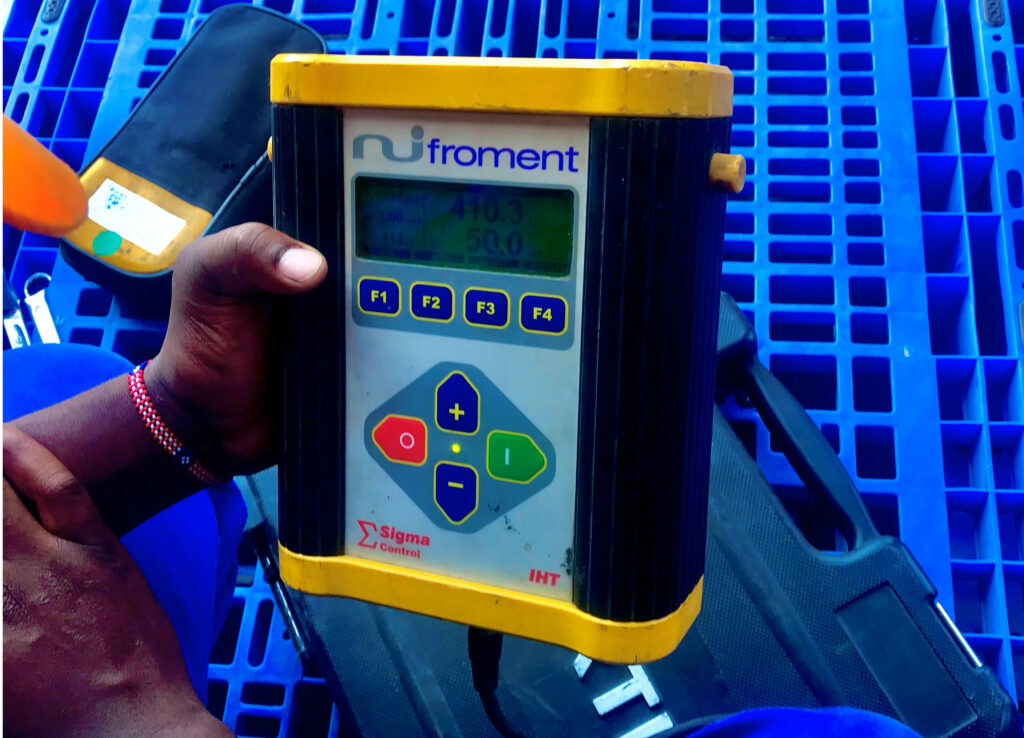
All installed building systems are subject to various types of tests specified by manufacturers and commissioning agents. Standards and codes that need to be complied with are often checked in systems such as;
- Electricals – Power reticulation and distribution, Lighting and controls,
- Plumbing Systems – Water distribution, Hot water, Grey water, stormwater
- Mechanical systems – heating, cooling, ventilation systems and associated duct work
- Communication/Electronic systems – Data, Audio-Visual, Telecom
- Protective systems – Fire detection and suppression, lighting protection.
- Alarm systems – Voice evacuation systems, emergency alarms, anti-burglar security systems
The Process of Testing
The testing and commissioning process can be broken down into several key steps:
- Planning:
Define the scope, objectives, and requirements of the testing and commissioning process.
Develop a comprehensive plan that outlines the tests to be conducted, schedules, and responsible parties.
- Pre-Functional Checks:
Before commissioning, ensure that all components are installed correctly and are ready for testing.
- Functional Testing:
Carry out individual system tests to verify their proper functioning. These may include electrical distribution, heating and cooling systems, plumbing, and fire protection.
- Integrated Testing:
Test how different systems work together. For instance, check the interaction between the HVAC system and lighting to optimize energy efficiency.
- Performance Testing:
Evaluate the systems’ performance under real-world conditions. This includes assessing temperature control, air quality, and energy consumption.
- Documentation:
Maintain detailed records of all tests and results. This documentation is crucial for future maintenance and compliance purposes
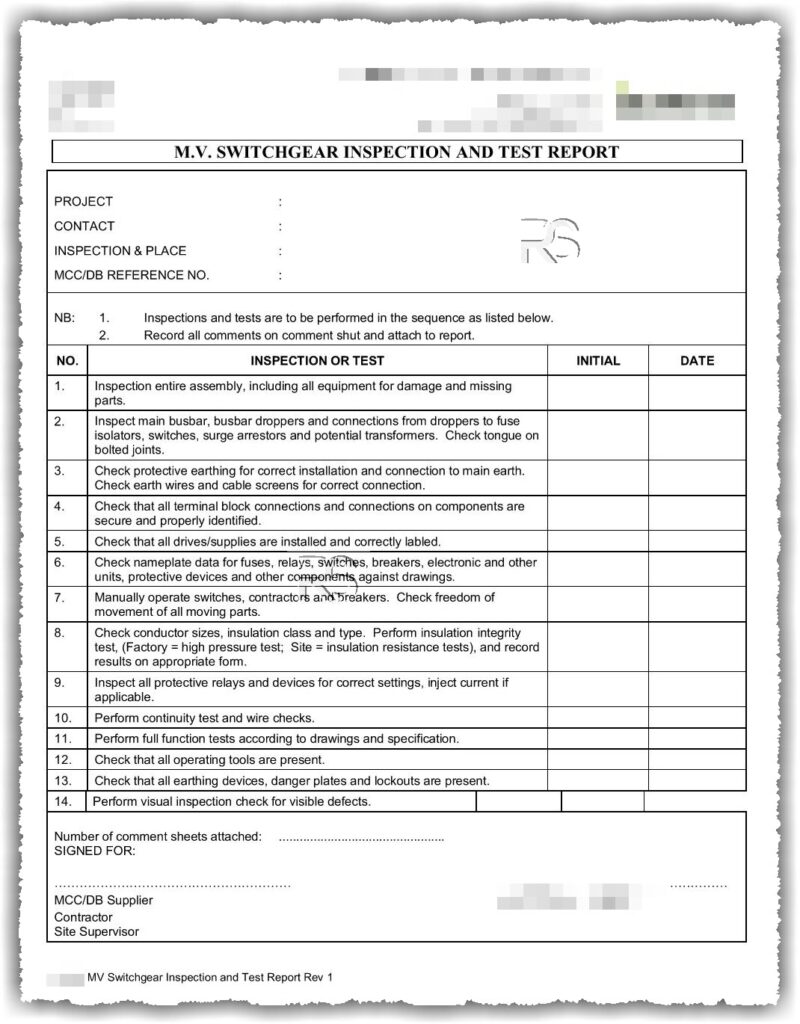
The Process of Commissioning
The new construction commissioning process, as per ASHRAE Standard 202-2018, involves a series of steps to ensure a complete commissioning project. These steps include:
- Initiation: The commissioning process begins with the project owner defining roles, and responsibilities, and preparing necessary procedures and contracts.
- Owner’s Project Requirements (OPR): Project requirements are determined and documented, including performance, sustainability, and training needs. The OPR document serves as a project guide and is updated as needed.
- Commissioning Plan: A plan is developed to outline the commissioning scope, responsibilities, communication, and requirements. It is regularly updated and reviewed by the owner.
- Basis of Design (BOD): The design approach to meet the OPR is documented in the BOD document, which is reviewed by the commissioning team and accepted by the owner.
- Specifications: Commissioning requirements for each system are determined and included in the construction documents.
- Design Review: The design and documents are reviewed to ensure compliance with the OPR, and this process aids in further developing the commissioning plans.
- Submittal Review: Materials and equipment submittals are reviewed for compliance with the OPR and construction documents, providing information for checklists and reports.
- System Verification: The commissioning team observes installations, oversees equipment startup, and performs initial testing, creating checklists and reports as per the commissioning plan.
- Functional Performance Testing (FPT): Comprehensive testing is conducted to confirm performance compliance with the OPR and design documents.
- Issues and Resolution Log: A log is used to document and address issues and facilitate communication among commissioning team members.
- Systems Manual: Design, construction, and verification documents are compiled into a systems manual, offering information for proper building operation and maintenance, including commissioning reports.
- Training: Facility staff are trained throughout the commissioning process, ensuring they understand equipment, systems, and how to operate and maintain the building in line with OPR and design capabilities.
- Seasonal or Deferred Testing: Any testing postponed due to weather or equipment availability is conducted during post-occupancy, with the results included in the final commissioning report and systems manual.
- Commissioning Report: A preliminary report is prepared at the time of granting a Certificate of Occupancy, showing the commissioning progress and equipment performance. A final report, provided at project completion, is submitted to the owner and local authorities as required.
Benefits of Testing and commissioning
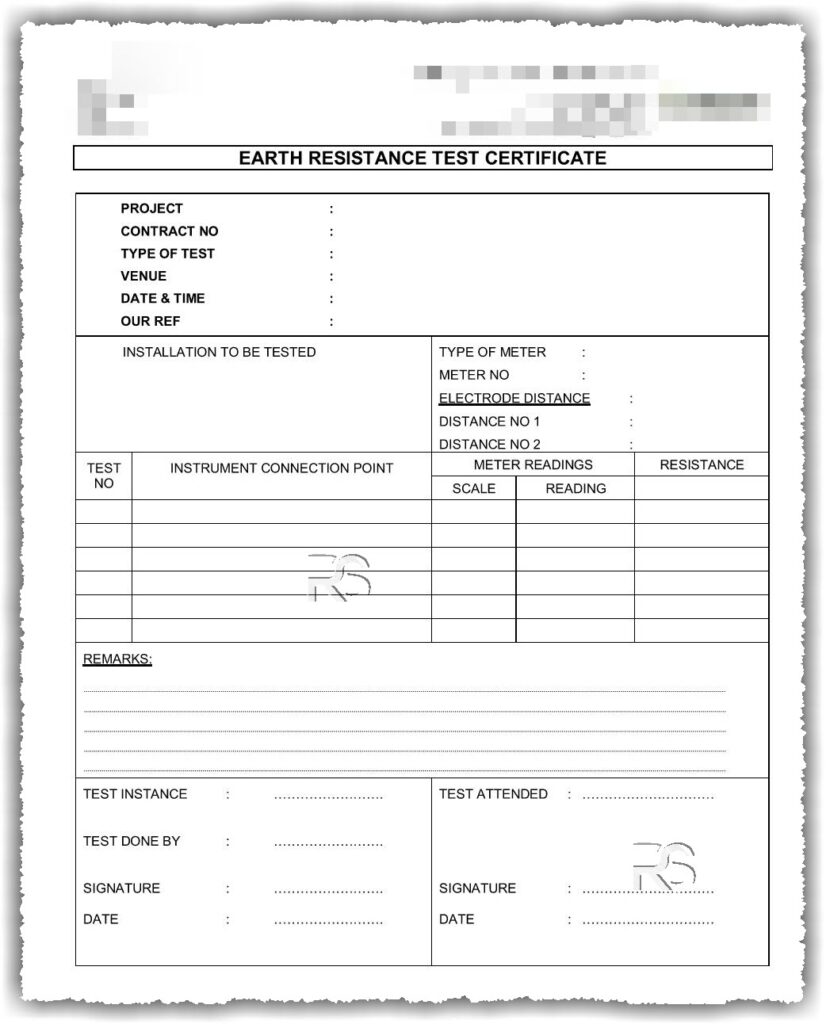
- Ensuring Safety: Safety is paramount in all buildings. Testing and commissioning assist in the identification and correction of possible dangers in electrical, mechanical, and plumbing systems. This reduces the possibility of accidents and injury.
- Enhanced Energy Efficiency: A well-commissioned building operates at peak efficiency, reducing energy consumption and operating costs. This is not only environmentally responsible but also financially beneficial.
- Comfort and Productivity: Properly commissioned HVAC, plumbing and lighting systems contribute to a comfortable indoor environment. Improved workplace performance is essential for businesses and organizations to thrive.
- Reduced future downtime: Equipment whose performance has been tested and verified is less likely to experience unwarranted breakdowns that inconvenience operations.
- Equipment Longevity: Regular testing and commissioning help extend the lifespan of building systems by detecting and addressing issues early, preventing premature wear and tear.
- Regulatory Compliance: Many building codes and standards require thorough testing and commissioning to ensure compliance with safety, environmental, and efficiency regulations.
- Long-term value for the building owners. Fewer breakdowns and a conducive environment for the tenants will ensure reliability and functionality of the building thereby generating investment returns for the owners.
Building service testing and commissioning are essential components of the construction process. These phases ensure the longevity of the building and the well-being of its residents by ensuring that the electrical, mechanical, plumbing, and HVAC systems perform efficiently and safely. It is not only about complying with regulations, but also providing a sustainable, cost-effective, and comfortable living or working environment. As technology advances, the importance of testing and commissioning only grows, helping buildings become smarter and more efficient, ultimately benefiting us and the planet.
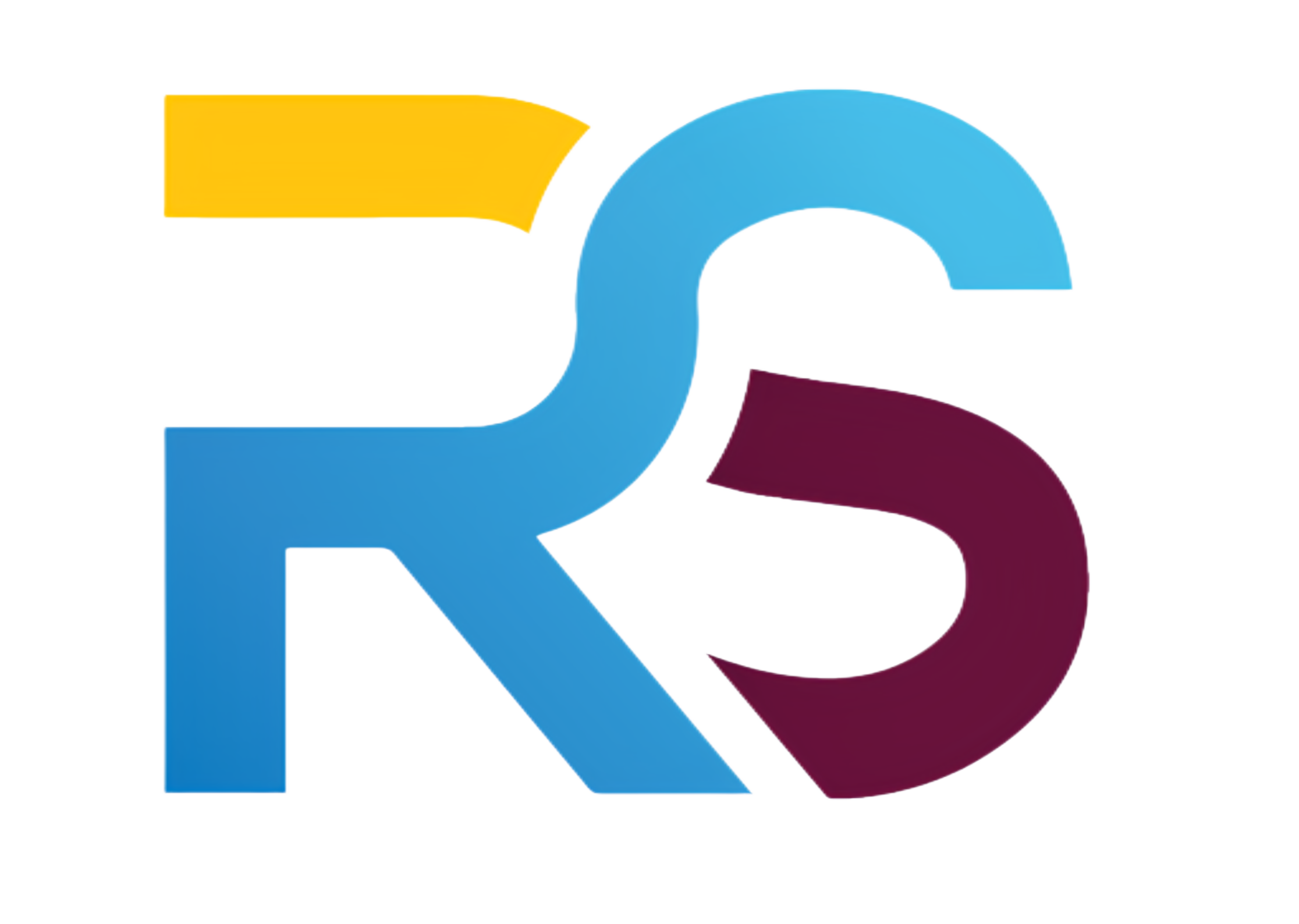
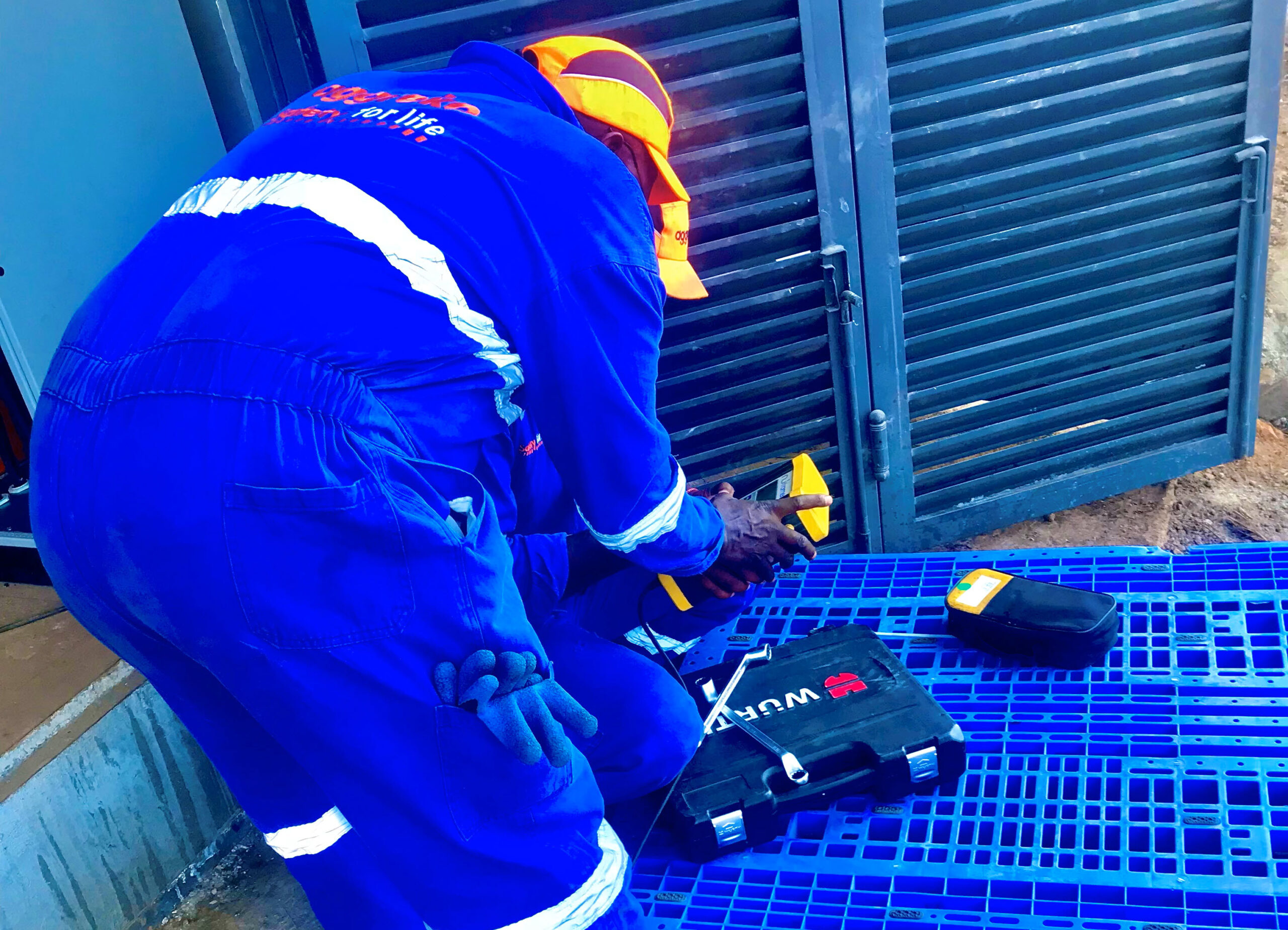
Leave a Reply